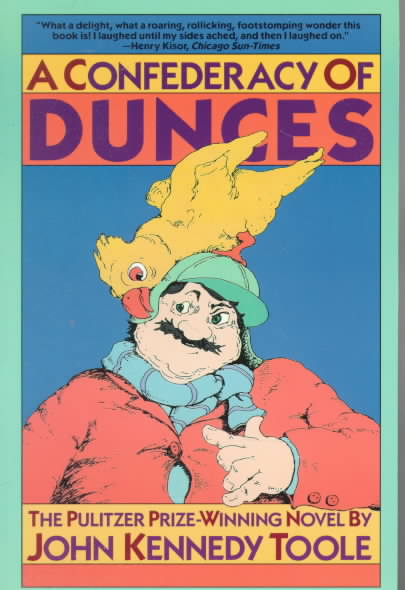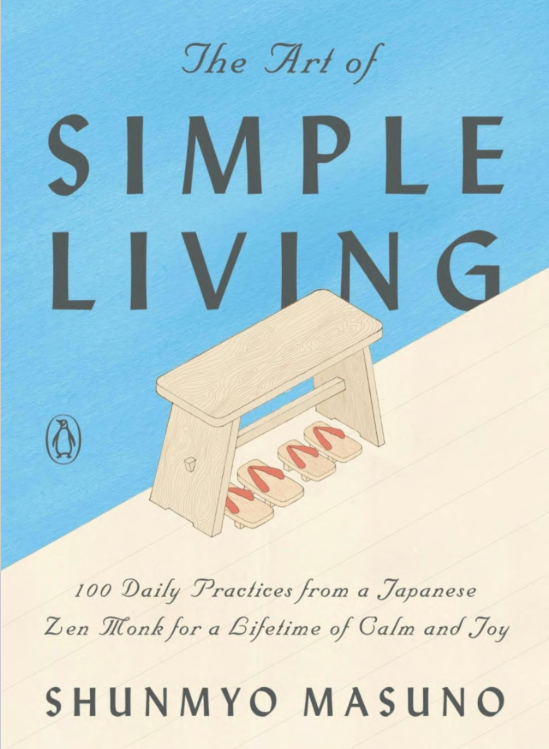Funny Books and Spontaneous Laughter
by Jared Richards, Technology Supervisor

Let’s talk about funny books and spontaneous laughter. In general, spontaneity isn’t for me. I can appreciate spontaneity in others, but I like a good plan. I want to consider thoughtfully, and be prepared for, all possible contingencies. I envision spontaneity as flinging oneself into the void and hoping there’s a sufficient amount of water or a trampoline to catch you. I’ll pass.
I’ve qualified my feelings on spontaneity, however, because spontaneous laughter is great. I’ve always been amazed by the ability of words on a page to conjure all the emotions and their byproducts. One minute your eyes are scanning across the page, and the next they’re welling up with tears. Even better, though, is when a laugh escapes your mouth, that you didn’t even know was hiding in there. I’m always up for that type of spontaneity.
Many years ago, my sister introduced me to one of my favorite books, “Three Men in a Boat (To Say Nothing of the Dog)” by Jerome K. Jerome, which was originally published in 1889. I’ve read it several times, and recently listened to the audiobook, which we have at the library. It follows three men (and a dog) taking a boat trip on the Thames. Loosely framed as a travelogue, it’s really just a collection of anecdotes, each more humorous than the last, told with a straight face, making them all the funnier. I laugh every time I read about them trying to set up a tent in bad weather, having flashbacks to my own, less entertaining, experiences as a Boy Scout.
For a slightly more timely book, there is “My Man Jeeves,” a collection of short stories by P. G. Wodehouse originally published in 1919. Our main character, describing his own brain as being “constructed more for ornament than for use,” relies on the advice of Jeeves to get him and his friends through various predicaments, to varying degrees of success.
In the first story, “Leave it to Jeeves,” Corky, a struggling artist, has been commissioned to paint the portrait of a baby. Corky and the baby don’t get along, at least if you ask Corky, and the conversation about the appearance of the baby in the final painting, brought me to tears.
Another one of my favorite books is “A Confederacy of Dunces” by John Kennedy Toole. My sister also introduced me to this book. If you don’t have a sister, I’d recommend looking into getting one. In my experience, they’ve got some pretty solid book recommendations.
Toole’s novel follows various characters around 1960s New Orleans. The main character is Ignatius J. Reilly, an odd duck to say the least, who is skilled at not only getting himself into undesirable situations, but also landing on his feet on the other side. The writing is clever, and I found myself laughing at the ridiculousness throughout.
The book, originally written in 1963, was not published until 1980, but won a Pulitzer Prize for Fiction the following year. Sadly, Toole committed suicide in 1969, so he never got to see how successful his novel became.
The most recent book I’ve read is Max Wirestone’s “The Unfortunate Decisions of Dahlia Moss,” a very funny, nerdy mystery. Dahlia, who has no prior detective experience, is hired to track down the thief of a digital spear from an online video game. And then the plot thickens considerably, spilling over into the real world.
I have a history of liking side characters more than I like main characters, and Charice, Dahlia’s eccentric roommate, comes close to repeating that history. But Dahlia wins out in the end. She’s highly relatable, very likeable, and she is briefly concerned about her library books not getting returned. Can’t go wrong with a responsible library patron.
There’s also a very brief reference to Laurel and Hardy, which automatically wins me over.
Some books manage to elicit a smirk or an appreciative grunt. If you’re lucky, though, you’ll find the ones that can trigger spontaneous laughter. The kind that garners sidelong stares from the people around you, and maybe a little concern as you wipe the tears from your eyes and try to catch your breath.
During the uncertain times in which we find ourselves, I take comfort in knowing I can count on the library to cheer me up. I can flip through the pages of a physical book, swipe through them on my phone, or hit play on a digital audiobook, and turn off the outside world for a bit.



 In seventh grade, I tested out of my school’s English as a Second Language (ESL) program. By that point, I could sound out words and understand most grammar rules, but I struggled to read anything quickly or, worse, out loud. Most stories I could easily get through were written for younger children, but novels with an intriguing plot often proved too difficult to actually enjoy.
In seventh grade, I tested out of my school’s English as a Second Language (ESL) program. By that point, I could sound out words and understand most grammar rules, but I struggled to read anything quickly or, worse, out loud. Most stories I could easily get through were written for younger children, but novels with an intriguing plot often proved too difficult to actually enjoy. The past few months have been a time of stress, upheaval, and unpredictability for many of us. It can feel like we’re just trying to stay afloat in our work and home lives. It may help to pause and take the time to examine our practices and habits in order to prepare for the next change or opportunity that may be right around the corner.
The past few months have been a time of stress, upheaval, and unpredictability for many of us. It can feel like we’re just trying to stay afloat in our work and home lives. It may help to pause and take the time to examine our practices and habits in order to prepare for the next change or opportunity that may be right around the corner. We’re living in a time of incredible change. The COVID-19 pandemic, #Black Lives Matter Movement, census, and presidential election are making 2020 a year for the history books. All of these things have coalesced, forcing Americans to take stock of what’s important and how to move forward.
We’re living in a time of incredible change. The COVID-19 pandemic, #Black Lives Matter Movement, census, and presidential election are making 2020 a year for the history books. All of these things have coalesced, forcing Americans to take stock of what’s important and how to move forward.